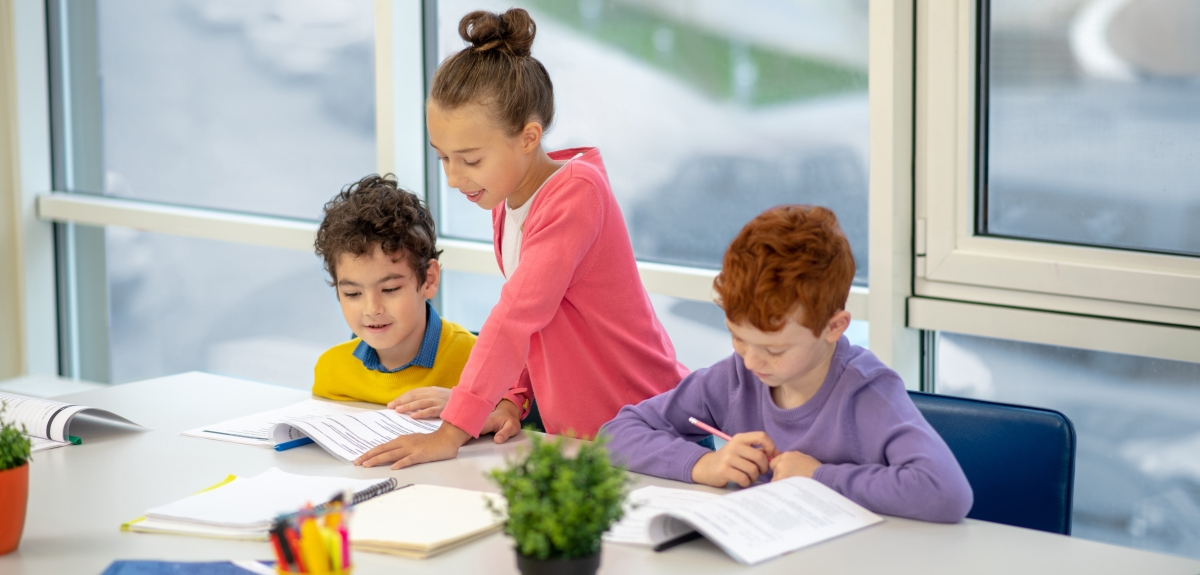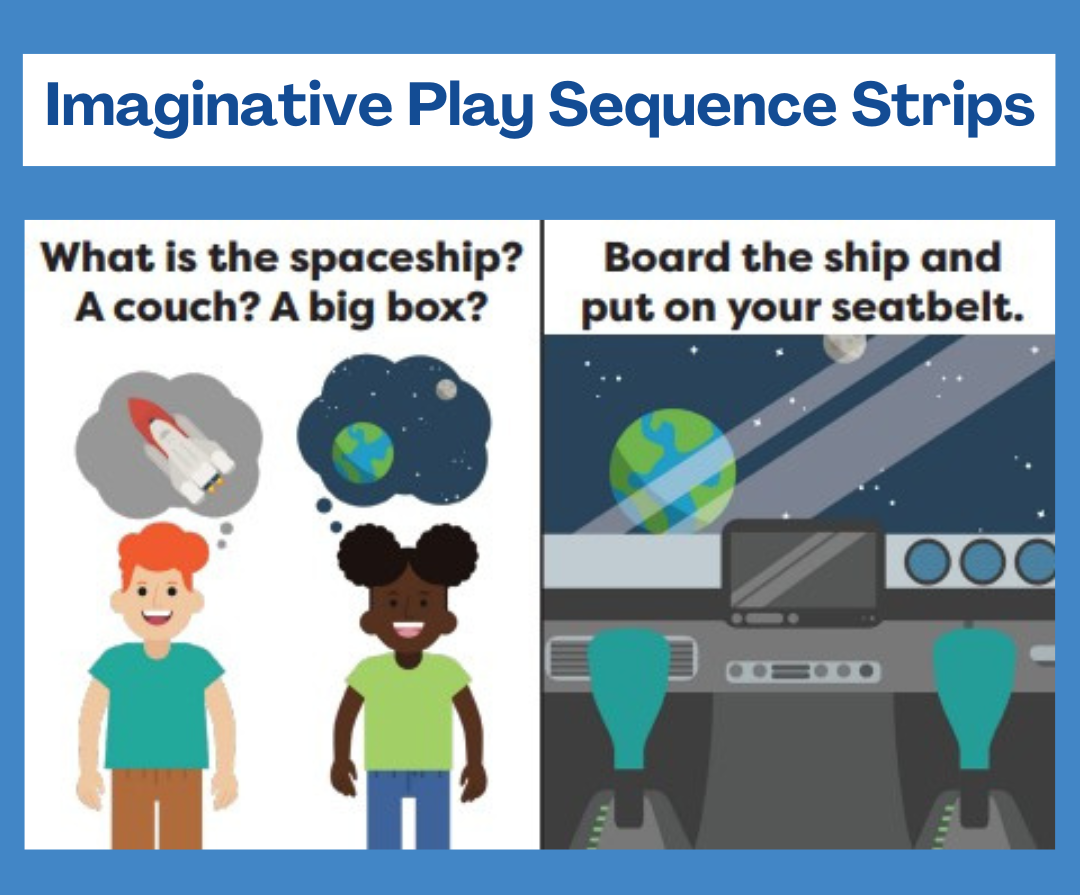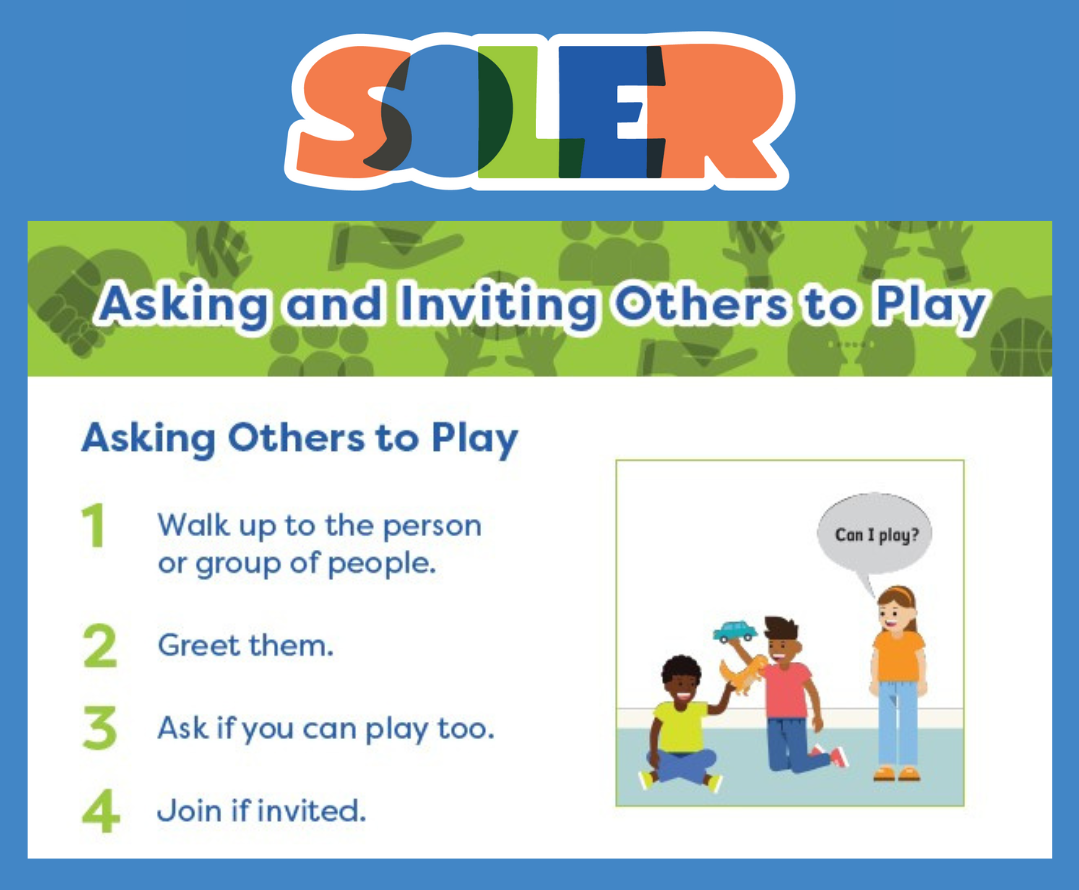September Newsletter | Peers for Progress: Tips for a Peer Buddy Program

Peers for Progress: Tips for a Peer Buddy Program
Lea este artículo en español aquí.
There’s an African proverb that reads: “If you want to go fast, go alone; if you want to go far, go together.” We think that going together, especially as peer buddies, helps everyone to go farther—and the SOLER curriculum’s peer buddy program helps build relationships in the special education classroom and general education settings!
Benefits of a Peer Buddy Program
Peer buddy programs pair students with autism and neurotypical students in a mutually rewarding partnership that encourages friendship and social interactions throughout the day. Neurotypical students learn skills including inclusivity and empathy, while students with autism receive a valuable model for social interactions.
Evidence-based peer buddy programs that highlight social emotional learning can be hard to come by. SOLER Imaginative Play Sequence Strips can help your students and buddies connect with one another!
Peer Buddy Goals
SOLER’s peer buddy program contains training resources for neurotypical students including materials for understanding learning differences, tools for helping buddies interact, and insights into the social-emotional skills their neurodiverse peers are working on. Lessons emphasize:
Building a Successful Peer Buddy Program
Looking to set up a peer buddy program in your classroom? Consider these tips:
- Gather volunteer peers from general education settings; ideal peers are the same age or slightly older than their buddies, and peers engaging on a voluntary basis work best.
- Schedule one or more special activities during the school year. Activities might include a pizza or ice cream party during lunch or a game time.
- Encourage peers to interact with their new friends at multiple times of the day. Provide specific examples, such as playing during recess or free time, walking to special events together, or high-fiving in the hallway. Try this SOLER Skill Worksheet to facilitate asking and inviting others to play!
- Adopt a curriculum for social emotional learning! Learn more about our new SEL curriculum, SOLER (Social Learning and Emotional Regulation).

